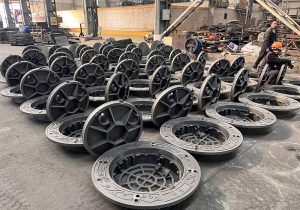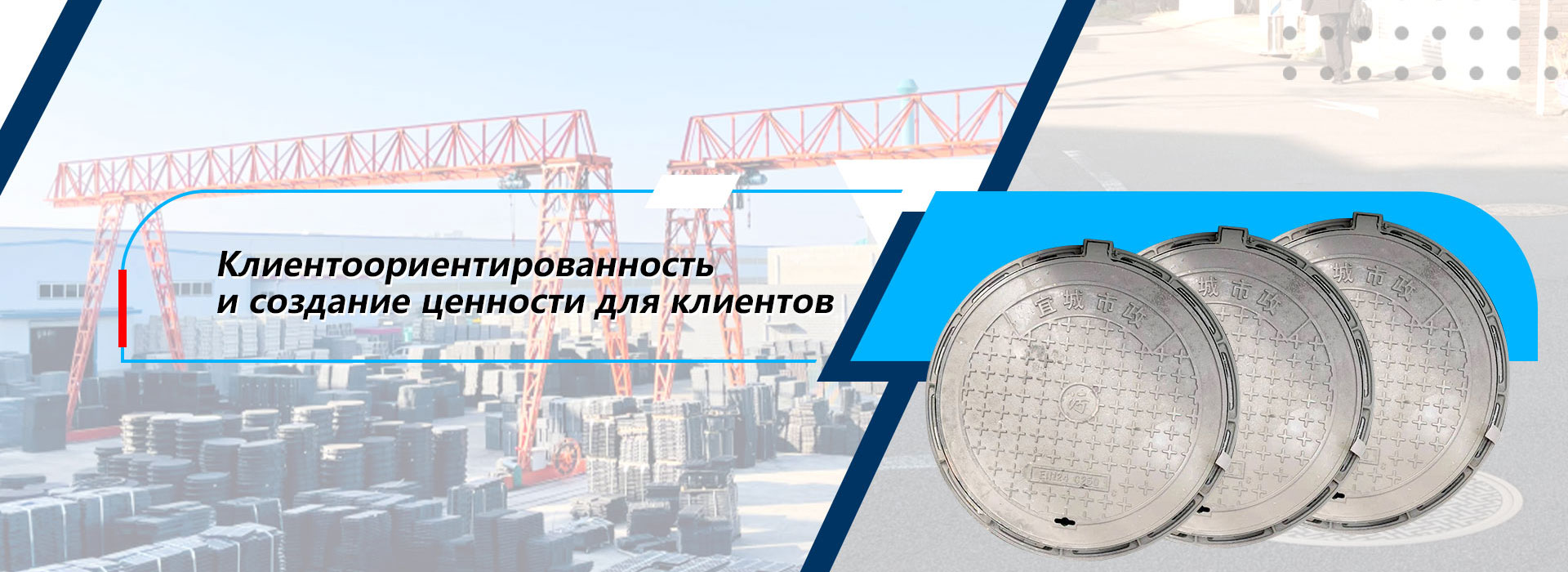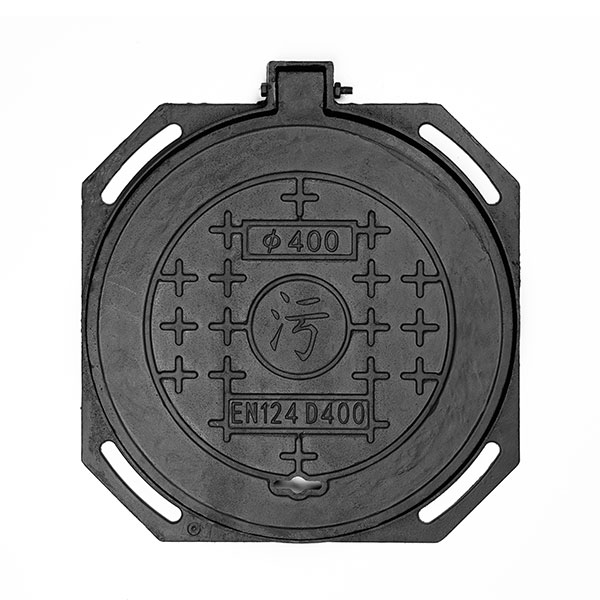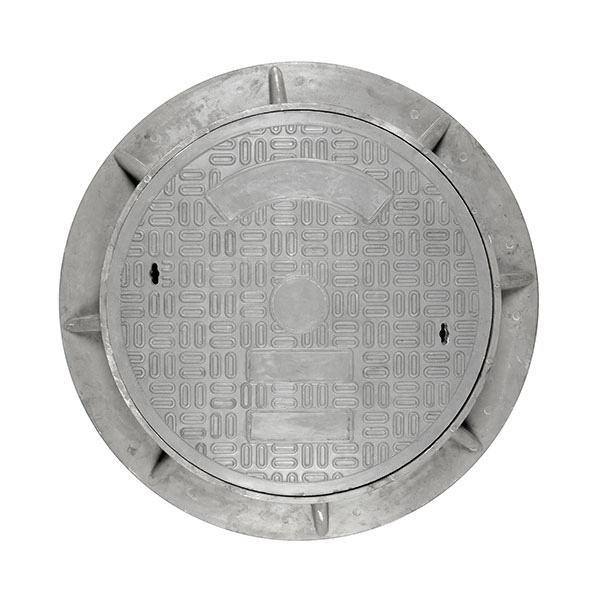
Comparative analysis of the advantages of anti -estate hatches and ordinary hatches
2025-04-17
Comparative analysis of the advantages of anti -estate hatches and ordinary hatches

Comparison of the structure and bearing capacity
1. The restrictions of ordinary hatches
-The burning supporting structure: traditional hatches transmit the load from the transport directly through the frame to the well, which leads to deformation of the frame, cracks in the road surface and high risk of shrinkage (typical shrinkage of 5-10 mm/year).
-The adaptability of the adaptability: the strict connection of the hatch with the road surface does not compensate for the microdormation of the base, which over time causes a difference in heights and the effect of the “jump” of transport.
2. Optimization of the structure of anti -resource hatches
-Pinforcement of the load: the system of interaction between the frame and the hatch (for example, the flange structure) transfers more than 85% of the load on the asphalt, reducing the pressure on the well to 15%.
-Utomatic leveling: built -in elastic gaskets or spring mechanisms adjust the height of the hatch depending on the deformation of the base, providing a level with the road (shrinkage ≤2 mm/year) and reducing the repair frequency.
Data confirmation:
-according to “Technical standards for urban hatches” (CJ/T 327-2010), anti-audit hatches withstand ≥500 thousand load cycles, which exceeds the standard for ordinary hatches (200 thousand cycles).
- Example: after the replacement of hatches in the metropolis, damage to the road surface decreased by 70%, and the cost of repairs - by 45%.
Comparison of safety and environmental friendliness
1. Protection from thefts and noise
-Exile hatches: bolts attachment (risk of thefts 3-5%), metal noise when driving (≥75 dB).
-Parly man -handed hatches:
-Netivandal systems: spring locks and hidden loops require special trust (risk of theft <0.5%).
-Setting: rubber inserts reduce noise to ≤60 dB (corresponds to GOST 3096-2008).
2. Ecologism
-Othy hatches: low processing of gray cast iron (~ 50%), high emissions CO₂ (≥1.2 t/t).
-Parly man -handed hatches:
- processing> 95%, the use of "green" technologies (electric furnaces) reduces Co₂ emissions by 30%.
Recommendations for use
1. For ordinary hatches:
- zones with low transport load (intra -water roads), temporary objects.
2. For anti -resource hatches:
- highways, airports, zones with high load;
-pilot projects of "smart cities" (with IoT sub-sensors);
- coastal regions with high humidity and corrosion.
Conclusion
Anti -accounting hatches exceed the usual for the accounting design (load distribution, self -regulation), materials (high -strength cast iron) and installation and installation. Despite the higher initial cost, their long -term savings, safety and environmental friendliness correspond to the trend of urbanization of the linked economy. It is recommended to introduce such hatches in new projects and develop local standards (for example, “Rules for the installation of anti -residence hatches”) in order to increase the reliability of urban infrastructure.









